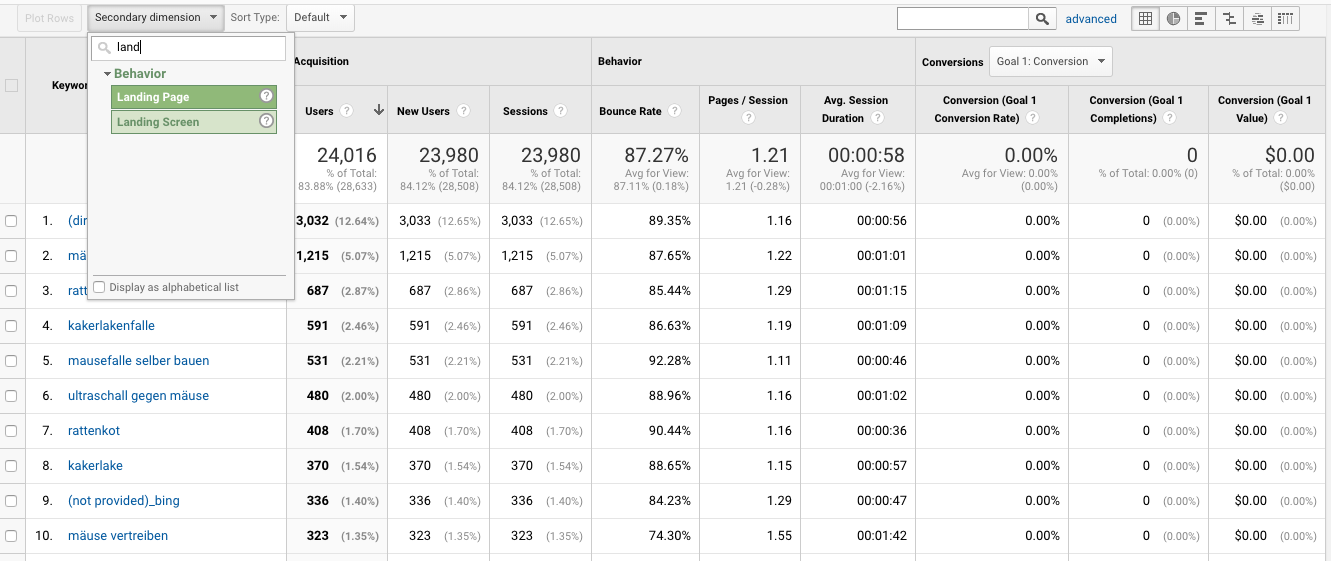Opening the Power of Secondary Dimension Analytics for Boosted Data Insights and Decision-Making
In the world of data analytics, main dimensions often take the spotlight, but the true deepness of insights lies within the world of additional measurements. By using the power of additional dimension analytics, organizations can unveil surprise fads, discover connections, and extract a lot more purposeful conclusions from their data.
Relevance of Secondary Dimensions
Checking out the relevance of second measurements in analytics unveils the concealed layers of information understandings crucial for educated decision-making in various domain names. Secondary dimensions provide a deeper understanding of primary information by supplying additional context and viewpoints. By including second measurements right into analytics, organizations can remove more nuanced and detailed understandings from their datasets.
One secret significance of additional measurements is their ability to section and categorize main information, enabling a more comprehensive evaluation of certain subsets within a dataset. This segmentation enables organizations to recognize patterns, trends, and outliers that may not be obvious when looking at the data all at once. Additionally, additional measurements assist in revealing connections and dependencies in between different variables, causing even more accurate forecasting and predictive modeling.
Furthermore, additional dimensions play an important role in enhancing data visualization and reporting. By adding secondary dimensions to visualizations, such as charts or charts, experts can develop much more insightful and helpful depictions of data, assisting in much better communication of searchings for to stakeholders. In general, the integration of additional measurements in analytics contributes in opening the complete potential of data and driving evidence-based decision-making.
Trick Benefits of Utilizing Additional Dimensions
Utilizing second measurements in analytics supplies companies a tactical benefit by boosting the depth and granularity of data insights. By dissecting information using secondary dimensions such as time, place, gadget type, or customer demographics, companies can reveal patterns, patterns, and connections that might or else continue to be concealed.
Additionally, the use of additional dimensions enhances the context in which primary data is interpreted. It offers a much more thorough sight of the relationships in between different variables, allowing organizations to make educated decisions based on a more alternative understanding of their data. Furthermore, second measurements assist in the identification of outliers, anomalies, and locations for optimization, inevitably resulting in a lot more efficient methods and boosted results. By leveraging additional measurements in analytics, companies can harness the full capacity of their information to drive far better decision-making and attain their company purposes.
Advanced Data Evaluation Strategies
A deep study advanced information analysis techniques discloses innovative methods for removing beneficial understandings from complex datasets. One such method is device knowing, where algorithms are utilized to determine patterns my link within data, predict end results, and make data-driven decisions. This technique permits the automation of analytical version browse around this site structure, allowing the processing of large quantities of data at a faster rate than traditional approaches.
Another advanced method is anticipating analytics, which uses analytical formulas and artificial intelligence strategies to anticipate future end results based on historical data. By evaluating fads and patterns, businesses can expect customer behavior, market trends, and potential risks, encouraging them to make aggressive choices.
In addition, message mining and sentiment evaluation are important methods for removing understandings from unstructured data sources such as social networks remarks, client testimonials, and survey responses. By evaluating text information, organizations can comprehend client viewpoints, recognize arising trends, and enhance their services or items based on responses.
Enhancing Decision-Making Through Additional Dimensions

Enhancing decision-making with secondary dimensions makes it possible for companies to make even more informed and targeted calculated options. As an example, by segmenting client data based upon second measurements like her response buying background or interaction degrees, companies can tailor their marketing approaches to specific audience segments, bring about boosted conversion prices and client fulfillment. Additionally, second measurements can help identify relationships and partnerships in between various variables, making it possible for companies to make data-driven decisions that drive development and success.
Implementing Secondary Dimension Analytics
When incorporating second measurements in analytics, companies can open deeper understandings that drive calculated decision-making and improve general performance. This entails recognizing the particular inquiries the organization seeks to respond to and the data factors required to resolve them.

In addition, organizations need to leverage advanced analytics devices and innovations to streamline the procedure of incorporating second measurements. These devices can automate data processing, evaluation, and visualization, allowing companies to concentrate on interpreting insights instead than hand-operated information manipulation.
Final Thought
In verdict, additional dimension analytics play a crucial duty in boosting data understandings and decision-making procedures. By making use of sophisticated data analysis strategies and carrying out secondary dimensions effectively, companies can unlock the power of their information to drive calculated business choices. The key benefits of making use of second measurements can not be overstated, as they provide a much deeper understanding of data trends and partnerships. It is vital for organizations to take advantage of second measurement analytics to remain competitive in today's data-driven landscape.
In the realm of information analytics, primary dimensions usually take the spotlight, however the true deepness of insights exists within the realm of additional dimensions.Using secondary dimensions in analytics provides companies a tactical benefit by enhancing the depth and granularity of data understandings. By leveraging second dimensions in analytics, organizations can harness the full possibility of their data to drive better decision-making and accomplish their service goals.
Executing information validation procedures and regular audits can help preserve information high quality and reliability.
By utilizing innovative information analysis techniques and executing second dimensions properly, organizations can open the power of their information to drive tactical company choices.
Comments on “Using Secondary Dimension in Google Analytics for Improved Reporting”